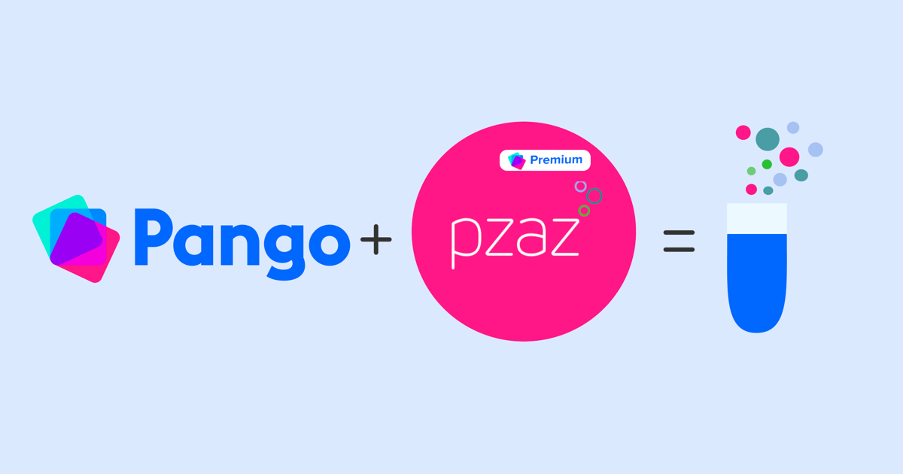‘Look, Cover, Say, Write, Check’ Spelling Strategy - How Does it Work?

One of the most prolific spelling strategies is known as the 'Look, Cover, Say, Write, Check' method. But what are the benefits and drawbacks to this way of learning for a child?
Spelling is a skill some children pick up quickly and naturally while others struggle for years. Sometimes spelling struggles come hand-in-hand with reading difficulties, but sometimes children struggle to spell while finding reading a breeze. With so many different learning styles and levels in the same class, how do you teach spelling in a way that is accessible and beneficial for all? Discover how the ‘look, cover, say, write, check’ method works and whether it could be beneficial to your class.
In this article:
- What is the 'Look, Cover, Say, Write, Check' spelling strategy?
- What are the benefits of the 'Look, Cover, Say, Write, Check' strategy?
- What are the drawbacks of the 'Look, Cover, Say, Write, Check' strategy?
- An alternative solution to the ‘Look, Cover, Say, Write, Check’ method: Linking
What is the 'Look, Cover, Say, Write, Check' spelling strategy?
The 'look, cover, say, write, check' method (hereafter referred to as LCSWC) is a popular method, within English lessons, of teaching spelling where pupils:
- Look at a word
- Cover the word with their hand
- Say the word aloud
- Write the word beside the covered word
- Reveal the word to check their spelling
What are the benefits of the 'Look, Cover, Say, Write, Check' strategy?
The LCSWC strategy has been around for hundreds of years, so it works for many children. Some of the benefits of this method include:
- It’s easy for pupils to practise independently - children need little supervision while learning how to spell with the ‘look, cover, say, write, check’ strategy and it allows them to learn through trial and error. This makes it a good method of learning to use for homework assignments or to give you more time in the classroom to help struggling learners.
- It encourages them to learn how sounds and letters relate - the LCSWC method encourages phonetic spelling, which will help children learn how to spell most words.
- It’s relatively fast-paced - this exercise can be completed quickly and trying a new word every minute or so can be engaging, giving children a sense of progress.
What are the drawbacks of the 'Look, Cover, Say, Write, Check' strategy?
The LCSWC method has been in use for hundreds of years, but as you’ll know if you’ve ever tried to learn a new language, simply writing lists of words is rarely enough to help you remember the spellings of words. This is perhaps even more true for a language like English where so many words aren’t spelled the way they sound.
The ‘Look, Cover, Say, Write, Check’ method doesn’t use meaning as context
If a child doesn’t understand how the spelling relates to the meaning, such as the difference between ‘there’ and ‘their’ (which many adults still have trouble with), they will continue to struggle. The LCSWC method cannot tackle this problem without some modification.
This spelling method only teaches through trial and error and relies on memory
Equally, the need to understand spelling rules (such as ‘i after e except after c’) is necessary or children can quickly have their confidence damaged by repeatedly failing to get the spelling right through phonetic spelling alone. The ‘look, cover, say, write, check’ method relies purely on learning from failure and memorising what you got wrong.
It’s not accessible to all
Perhaps the biggest problem with the ‘’look, cover, say, write, check’ method is that it doesn’t suit all learning styles, and so doesn’t make spelling accessible for all. For example, many people with dyslexia have trouble breaking down words and hearing the nuances of a word phonetically, and so struggle with spelling.
People with ADHD can also struggle because they often find it harder to commit things from their short-term memory to their long-term memory without something to anchor it there, leading them to spell words wrong because they rely on phonetic spelling.
Of course, while dyslexia and ADHD are common difficulties children face, there are dozens of other struggles children face that make spelling difficult, especially through the ‘look, cover, say, write, check’ method.
It’s not engaging to children
The LCSWC is boring! A sheet of paper with words and blank spaces for spelling isn’t an activity that is especially engaging for children. Even children who excel at spelling will grow bored of the exercise if it alone is used to help them learn to spell. Those children that struggle can quickly have their confidence knocked and start to dislike spelling because it is (or appears to be) boring and they don’t feel good at it.
The key when it comes to spelling is to use a variety of learning strategies to ensure all pupils are given every opportunity to find a way of learning that allows them to find success quickly and often.
An alternative solution to the ‘Look, Cover, Say, Write, Check’ method: Linking
The digital world has given us so many opportunities to create better and more engaging learning experiences, that make it possible for everyone to find a method of learning that engages them. For spelling, there’s Sir Linkalot.
What is Sir Linkalot?
Sir Linkalot uses short, fun animations to teach spelling and other literacy skills to children. By engaging multiple senses , Sir Linkalot brings spelling to life, making spelling fun and accessible for all children. The key to Sir Linkalot is his use of linking. His animations link smaller words within a larger word with associations or stories to make the spelling of the word memorable. He brings words and letters to life, and his animations have helped young children spell words a lot of adults still struggle with! For example, take a look at Sir Linkalot’s animation of manoeuvre (a word you might have not realised you’ve been spelling wrong!).
Award-winning and part of the UK’s dyslexia inquiry, linking with Sir Linkalot could pave an exciting path for making spelling accessible to all.
Of course, this doesn’t mean that the ‘look, cover, say, write, check’ method is redundant. Instead, a combination of techniques that best cater to all children’s abilities is important.
Sir Linkalot’s videos are a great resource that can help you keep your class engaged and learning while freeing up your time to work closely with individual children who need more support. You can access all of Sir Linkalot’s videos as a part of your Pango subscription, along with all of our other incredible resources that can help you save time and make learning as engaging for your pupils as possible.
About Pango Education
Pango Education is made by teachers, for teachers. Understanding the need for high quality lesson resources, whether it be history lessons, geography lessons or PE lessons, you can find a wealth of curriculum resources all in one place. Not only saving you time when creating the perfect lesson plan, but allowing you to keep your children engaged with creative worksheets and more. Sign up to receive your free 7 day trial today.


